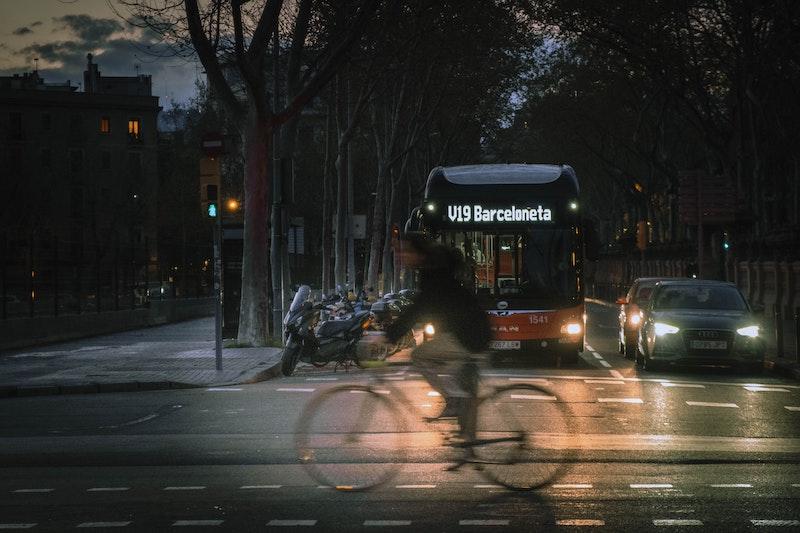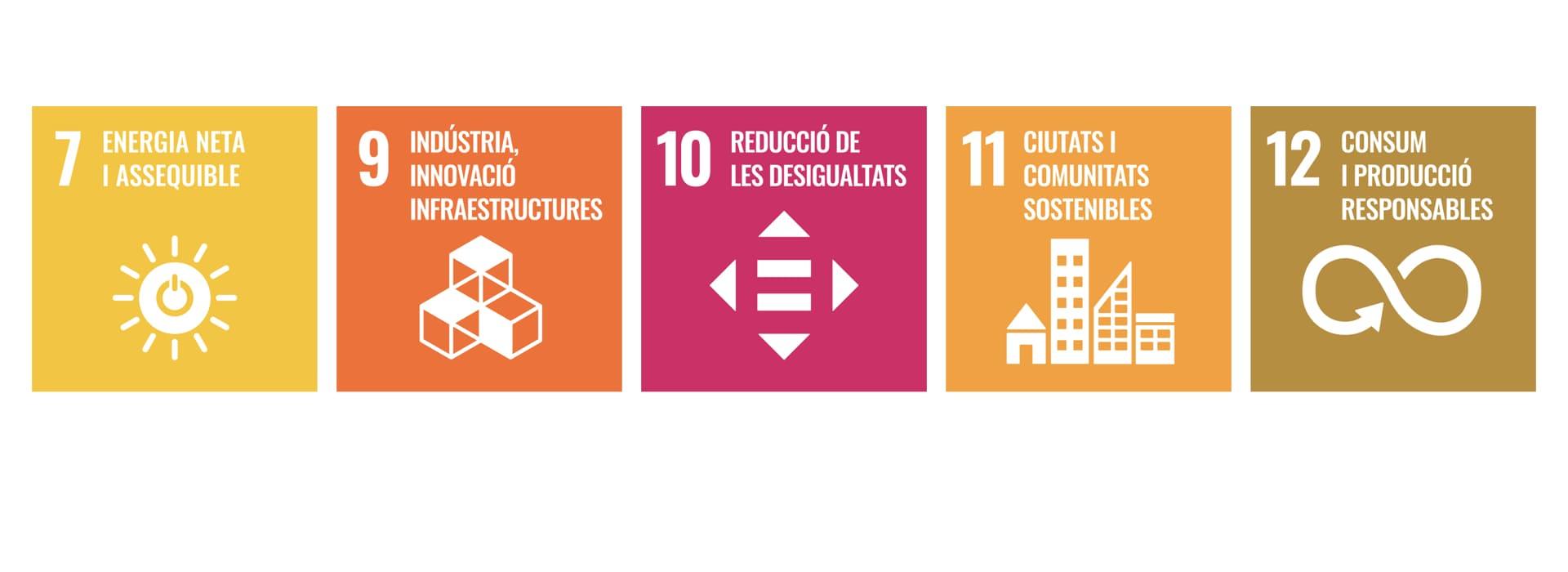Alternative and sustainable mobility in Barcelona: farewell to car?
1 Junio - 2021
Andrei Boar
Lecturer in the Finance, Accounting, and Control Department
__
Awareness of the sustainability of the planet has grown lately due to concerns about the need to curb the overexploitation of the resources which we are used to, and which have given rise to levels of pollution that are leading us to a point of no return. Some 13% of this pollution comes from private vehicles, especially in large cities.
In this scenario, it is essential to look for mobility alternatives that modify transport and guarantee safe and sustainable travel. Barcelona is working on two major measures: the return of the streets to pedestrians with the creation of the “superilles” and the entry into force of the Low Emission Zone (LEZ).
13% of current pollution comes from private vehicles, especially in large cities, which is why it is essential to look for sustainable mobility alternatives
We are experiencing a clear transition towards sustainable mobility, and the COVID-19 pandemic has accelerated its change with a strong commitment by the sector to eliminate the private, polluting vehicle from everyday life. However, to make this a reality, alternatives must be offered.
Is it possible to give up the car?
Every day about 500,000 cars drive into Barcelona, 40% of which do so for “convenience”, according to their owners, and 30% because “it’s faster” than using public transport. The remaining 30% is explained, according to the ATM Working Day Mobility Survey, by the deficit in public transport supply, which is accentuated the further we move away from Barcelona.
The accumulation of vehicles in large cities is a public health problem and many countries across Europe are already looking for solutions. One of the first steps taken in the Catalan capital has been the implementation of the LEZ. This should not be the only initiative, since the main handicap faced by users is that of a deficient public transport system.
Every day about 500,000 cars enter Barcelona, 40% of them for “convenience” and the remaining 60% due to deficits in the service and supply of public transport
A tax when entering Barcelona, a measure that is applied in different European capitals, is one of the proposals that is being spoken about most. With an estimated price of between €1.50 and €2 each way, this toll could be useful if there are cheap and comfortable travel alternatives. While 60% of users still prefer the car to public transport for entering Barcelona, applying an entrance fee to the city would not have any deterrent effect.
One possible solution is the creation of parking lots, or a Park & Ride system, at the entry points to Barcelona located next to public transport stops and with a quick connection to the city centre. This would solve the public transport deficit for trips outside Barcelona and reduce pollution in the epicentre of the city, but the main impediment of this route is its high price for the user. A day’s parking costs approximately €10, while in Vienna, for example, the rate is €3.60 per day, including public transport.
Public car sharing model
Car sharing is gaining followers as part of a new trend known as “servitization”, which advocates paying for service without owning the object. There are several companies in Barcelona that offer rentals of parked cars that their owners do not use. Most of the time, the private vehicle is idle. However, only 12% of users entering Barcelona do so using car sharing. In the same way that the Bicing service has been promoted, we need to work towards the creation of a public fleet of shared cars.
It should not go unnoticed that other means of transport on the rise in the city are bicycles and electric scooters, which are fully sustainable and very useful alternatives for intra-city travel. The main challenge in both these cases is to ensure coexistence between the different means of transport and, above all, to protect the most vulnerable users.
In New York, several avenues have been converted into bus-only streets, improving travel efficiency by 30%, either by reducing travel time or increasing ridership
However, several neighbourhood platforms are calling for the construction of a bike lane linking the Vallès with the city of Barcelona through the Vallvidrera tunnels. The example of South Korea, where bike lanes covered with solar panels have been installed on the highways, protecting the user and generating solar energy at the same time, shows that this is not a chimera.
Farewell to the car?
A large part of the population does not have the economic capacity to renew their cars on a regular basis to comply with new regulations. According to the ATM study, 60% f trips in private vehicles could be saved by offering public transport. Any alternative measure implemented will be complementary to the real need: the improvement of public transport, especially for people accessing the capital from outside the urban area of Barcelona.
Regarding coexistence within the city, the commitment to non-polluting vehicles needs to be maintained and the bus network further improved. In New York, for example, several avenues have been converted into bus-only streets, improving travel efficiency by 30%, either by reducing travel time or by increasing the number of users of the infrastructure.
The combination of measures and the implementation of new sustainable transport formulas would allow alternatives to private transport. However, without the first requirement, the optimization of public transport, sustainable alternative mobility in Barcelona cannot be guaranteed.

